Students at Hasselt University in Belgium built a pavilion and an outdoor earth oven as communal gathering spaces. The structures are located in the garden of an abandoned vicarage. The design process prioritized natural and reclaimed materials. It serves as a model for architecture that integrates environmental considerations with social engagement.
 The design team collaborated with a workers’ cooperative that transforms excavated earth into building materials. The project is on the site is an abandoned vicarage and is part of a broader municipal initiative to transform the space into a community center.
The design team collaborated with a workers’ cooperative that transforms excavated earth into building materials. The project is on the site is an abandoned vicarage and is part of a broader municipal initiative to transform the space into a community center.
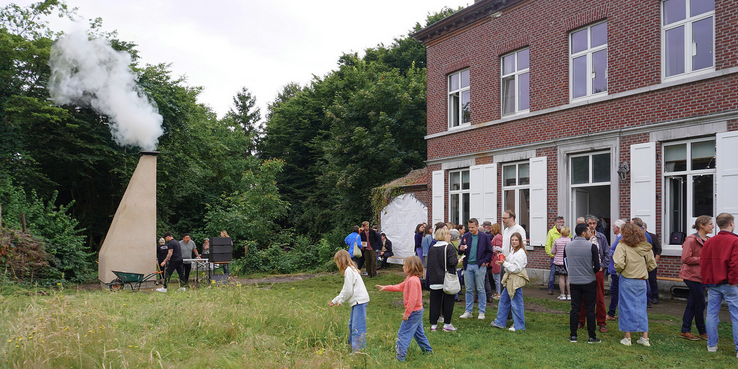 The design consists of two key elements: a wooden pavilion positioned within the garden’s tree canopy to create a quiet retreat, and an earth oven placed near the vicarage to function as a visible landmark.
The design consists of two key elements: a wooden pavilion positioned within the garden’s tree canopy to create a quiet retreat, and an earth oven placed near the vicarage to function as a visible landmark.
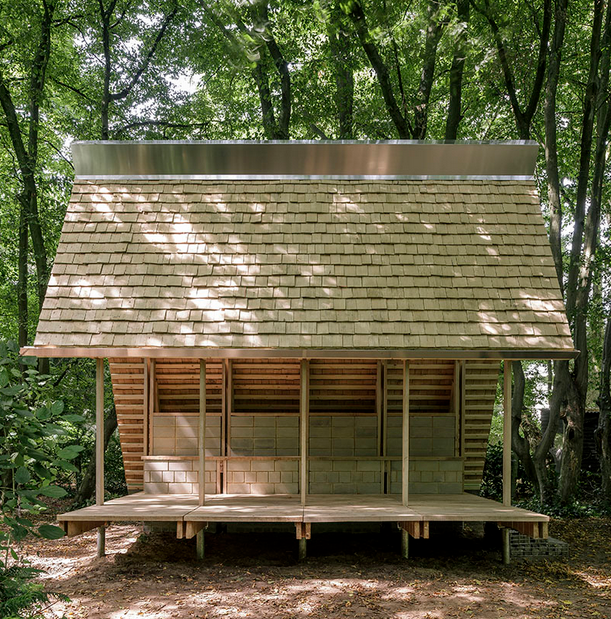 The project was developed through extensive research and engagement with local residents. Construction was carried out by students with direct involvement from the community, who contributed tools, materials, and labor through workshops and a building festival. Local businesses and organizations also provided support, including material donations and logistical assistance.
The project was developed through extensive research and engagement with local residents. Construction was carried out by students with direct involvement from the community, who contributed tools, materials, and labor through workshops and a building festival. Local businesses and organizations also provided support, including material donations and logistical assistance.
 The team designed the reversible pavilion to be deconstructed, removed, and reused, thereby reducing waste and impact on the site. Instead of traditional concrete foundations, screw piles were installed on one side of the structure, while the opposite side rests on a foundation composed of reclaimed sand, gravel, and paving stones.
The team designed the reversible pavilion to be deconstructed, removed, and reused, thereby reducing waste and impact on the site. Instead of traditional concrete foundations, screw piles were installed on one side of the structure, while the opposite side rests on a foundation composed of reclaimed sand, gravel, and paving stones.
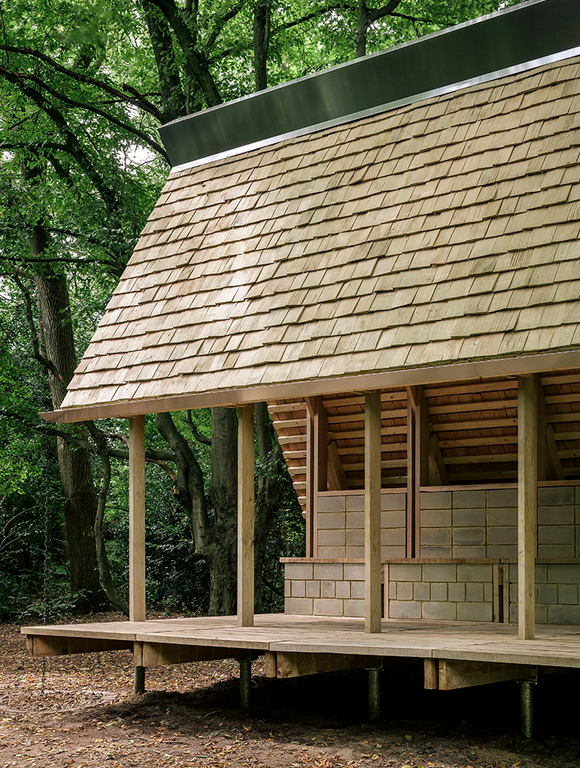 The pavilion’s wooden framework was built from repurposed timber donated by a local construction company.
The pavilion’s wooden framework was built from repurposed timber donated by a local construction company.
 The roof was clad with wooden shakes, handcrafted from logs sourced through sustainable forest management.
The roof was clad with wooden shakes, handcrafted from logs sourced through sustainable forest management.
 A bench constructed from compressed earth bricks contributes to both structural stability and seating. The bench’s weight helps anchor the structure against wind forces.
A bench constructed from compressed earth bricks contributes to both structural stability and seating. The bench’s weight helps anchor the structure against wind forces.
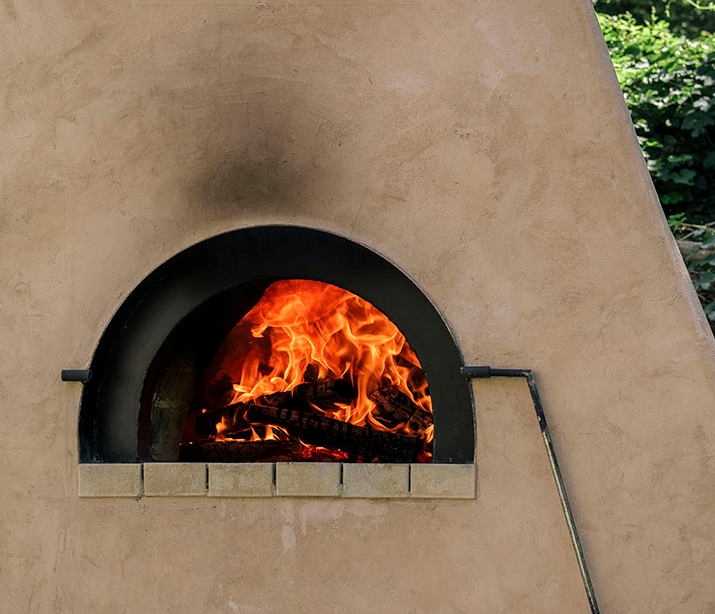 The earth oven follows a similar construction approach. Its foundation and plinth were built using reclaimed materials, while the oven itself consists of molded earth bricks finished with lime plaster for durability.
The earth oven follows a similar construction approach. Its foundation and plinth were built using reclaimed materials, while the oven itself consists of molded earth bricks finished with lime plaster for durability.
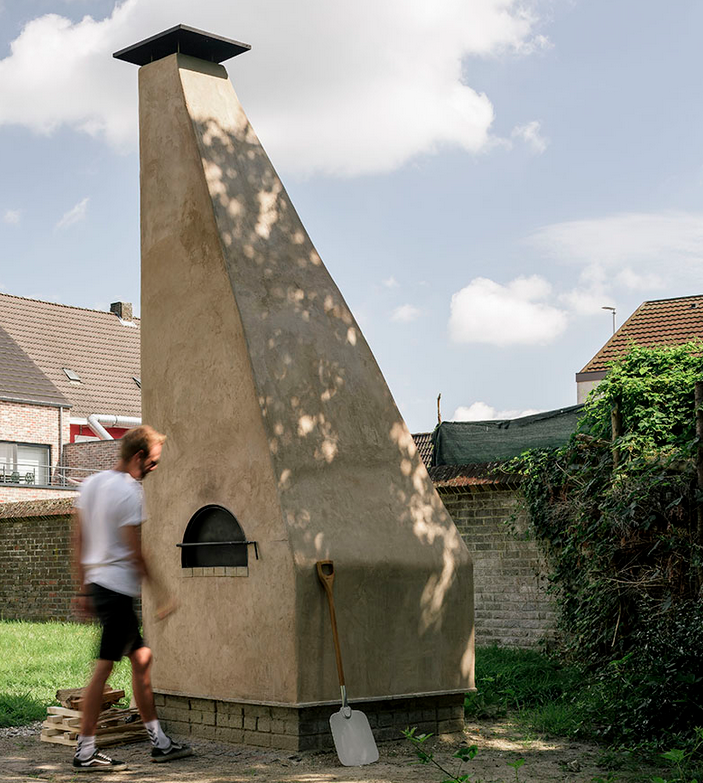 By integrating circular construction principles and community participation, this project demonstrates how architecture can respond to both environmental and social needs.
By integrating circular construction principles and community participation, this project demonstrates how architecture can respond to both environmental and social needs.
You can read the original article at www.designboom.com
